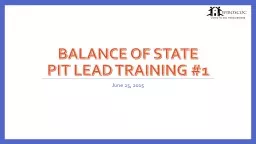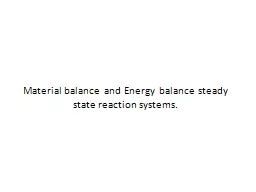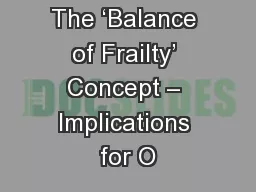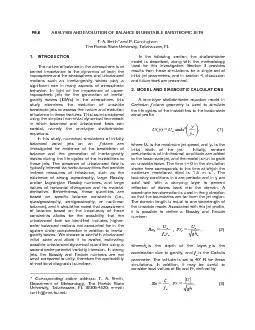PPT-Balance of State Point in Time
Author : nullitiva | Published Date : 2020-06-23
Training 2 January 11 2016 Agenda Survey collection interview amp observation Review service based count process Data Collection Requirement Sheltered count and
Presentation Embed Code
Download Presentation
Download Presentation The PPT/PDF document "Balance of State Point in Time" is the property of its rightful owner. Permission is granted to download and print the materials on this website for personal, non-commercial use only, and to display it on your personal computer provided you do not modify the materials and that you retain all copyright notices contained in the materials. By downloading content from our website, you accept the terms of this agreement.
Balance of State Point in Time: Transcript
Download Rules Of Document
"Balance of State Point in Time"The content belongs to its owner. You may download and print it for personal use, without modification, and keep all copyright notices. By downloading, you agree to these terms.
Related Documents














